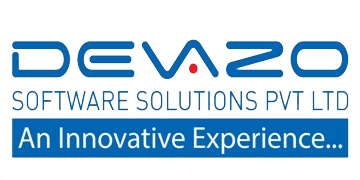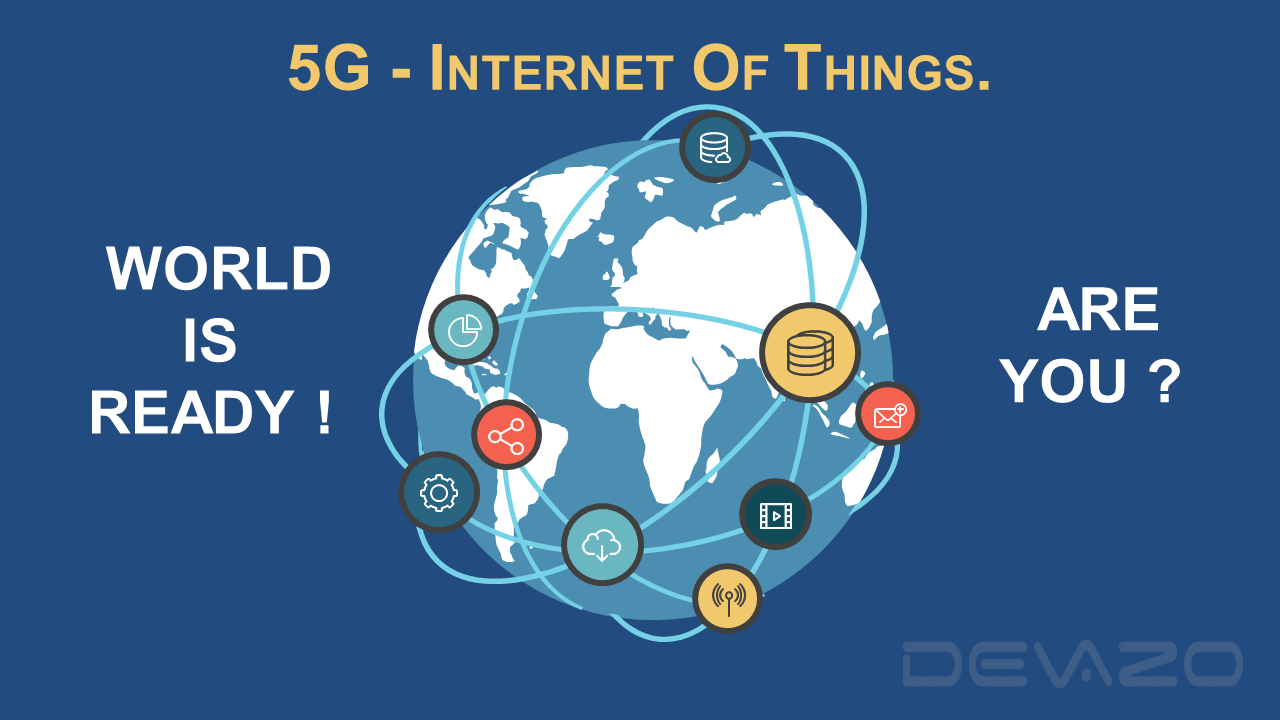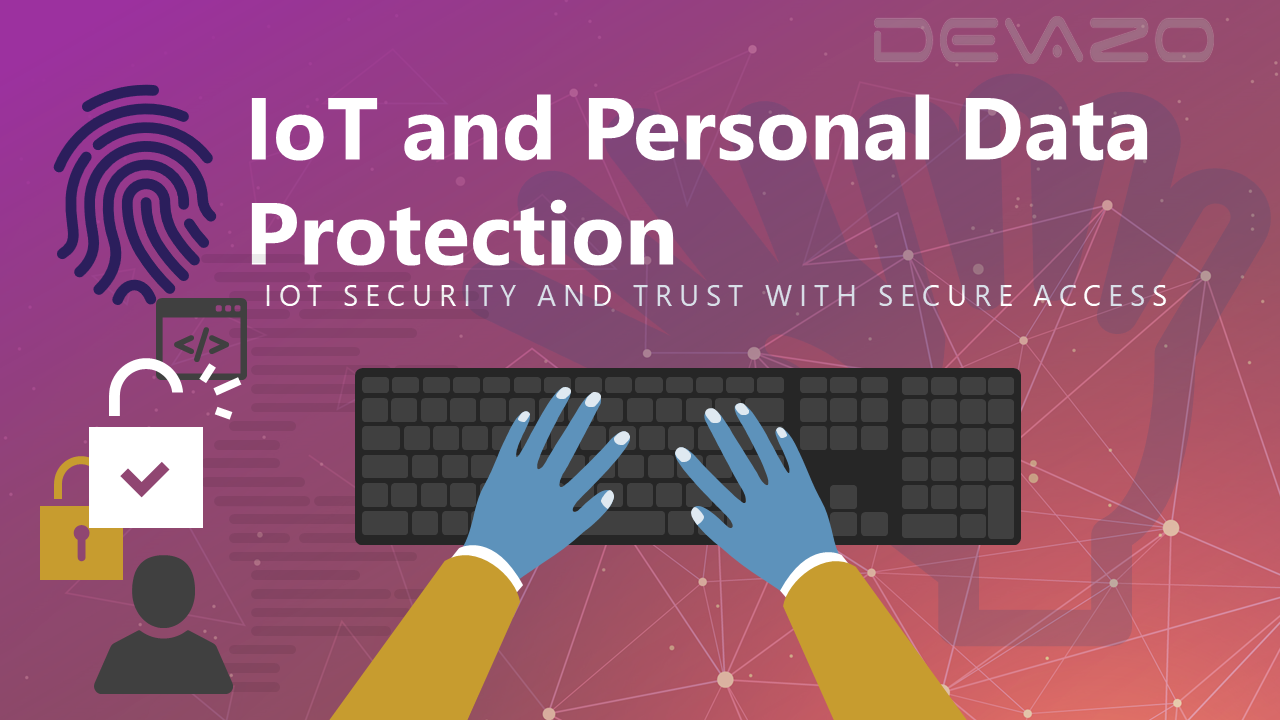1. Unlock business value with
As IoT becomes more widespread in the marketplace, companies are capitalizing on the tremendous business value it can offer. These benefits include:
Deriving data-driven insights from IoT data to help better manage the business
Increasing productivity and efficiency of business operations
Creating new business models and revenue streams
Easily and seamlessly connecting the physical business world to the digital world to drive quick time to value
2. What technologies have made IoT
While the idea of IoT has been in existence for a long time, a collection of recent advances in a number of different technologies has made it practical.
Access to low-cost, low-power sensor technology. Affordable and reliable sensors are making IoT technology possible for more manufacturers.
Connectivity. A host of network protocols for the internet has made it easy to connect sensors to the cloud and to other �things� for efficient data transfer.
Cloud computing platforms. The increase in the availability of cloud platforms enables both businesses and consumers to access the infrastructure they need to scale up without actually having to manage it all.
Machine learning and analytics. With advances in machine learning and analytics, along with access to varied and vast amounts of data stored in the cloud, businesses can gather insights faster and more easily. The emergence of these allied technologies continues to push the boundaries of IoT and the data produced by IoT also feeds these technologies.
Conversational artificial intelligence (AI). Advances in neural networks have brought natural-language processing (NLP) to IoT devices (such as digital personal assistants Alexa, Cortana, and Siri) and made them appealing, affordable, and viable for home use.
3. Create new efficiencies in manufacturing with
Machines can be continuously monitored and analyzed to make sure they are performing within required tolerances. Products can also be monitored in real time to identify and address quality defects.
4. Improve the tracking and �ring-fencing� of
Tracking enables businesses to quickly determine asset location. Ring-fencing allows them to make sure that high-value assets are protected from theft and removal.
5. Enable business process
The use of IoT devices for connected assets to monitor the health of remote machines and trigger service calls for preventive maintenance.
Share









